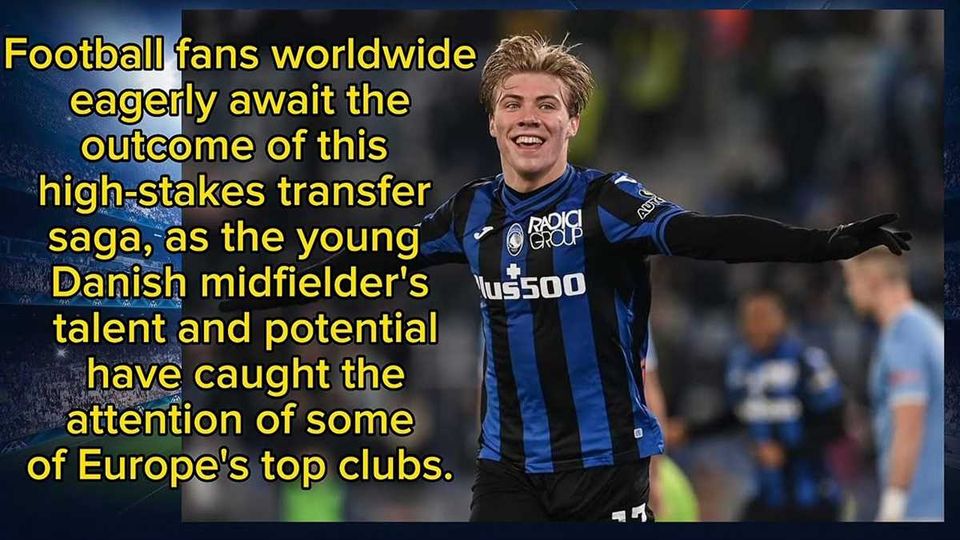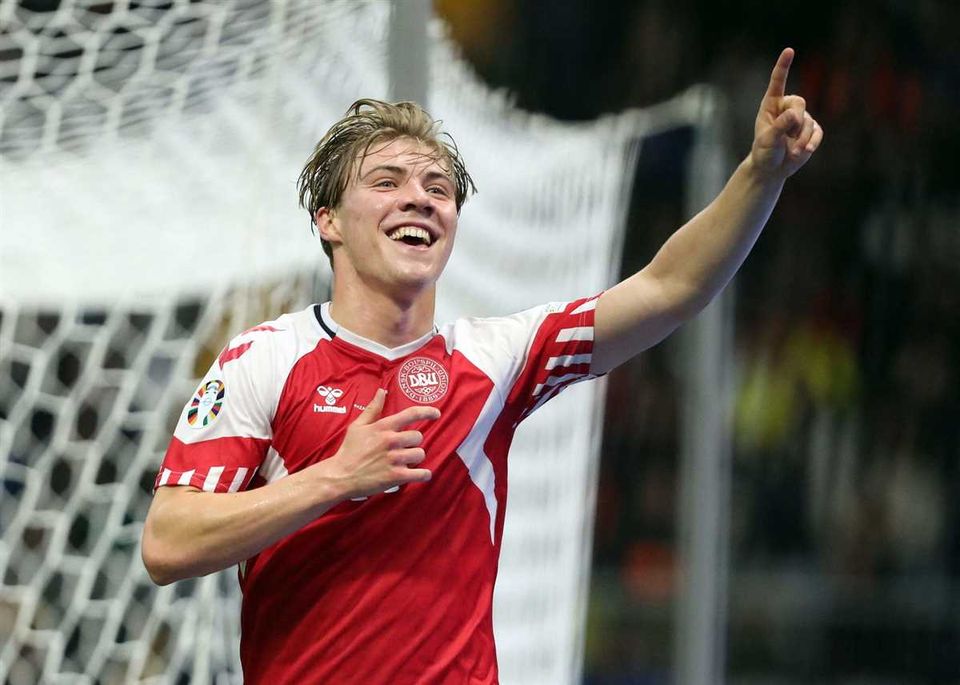Understanding the nuances of football positions is crucial for comprehending the dynamic nature of the game. Each player’s role, including their strategic positioning on the field, directly impacts the team’s overall performance and success.
One player who has garnered attention for his exceptional positioning and skills is Rasmus Hojlund. The young Danish striker has emerged as a formidable force in the world of football, captivating audiences with his incisive runs and instinctual goalscoring abilities. In this article, we delve into the specific position that Rasmus Hojlund plays, exploring the intricacies of his role within the team’s tactical framework.
Rasmus Hojlund’s Role on the Pitch

On the football field, the young player is primarily deployed as a focal point of the attack. His primary responsibility is to score goals by utilizing his combination of aerial prowess, physical strength, and clinical finishing abilities. However, his contributions extend beyond mere goal-scoring. Hojlund’s ability to hold up the ball, create space for teammates, and link play between midfield and attack makes him a valuable asset to any side.
Striking Role in the Heart of the Attack
A central figure in any attacking formation, the lone striker, also known as a center-forward or number nine, commands a formidable presence at the focal point of the attack. With a strategic position within the opponent’s defensive line, this player serves as the primary outlet for goal-scoring opportunities.
The striking role encompasses a diverse range of responsibilities. These players are entrusted with the task of converting chances into goals, while also serving as a reference point for teammates during attacking transitions. Their ability to anticipate the opposition’s defensive movements, create space for their colleagues, and find the back of the net consistently defines their impact on the team’s performance.
| Key Responsibilities |
|---|
| Goal-scoring |
| Opening spaces for teammates |
| Holdup play |
| Creating attacking opportunities |
| Leading the team’s pressing high up the pitch |
Forward Distinction and Responsibilities

In the dynamic world of football, the attacking force is led by a select group of players known as forwards. These individuals are entrusted with the pivotal role of spearheading their team’s offensive initiatives, utilizing their skills and tactical acumen to find the back of the net and secure victory.
Adaptability and Versatility in Attack
The most dynamic and effective attackers are those who possess the ability to adapt and showcase versatility within the attacking third. This versatility is not limited to a specific role or position, but rather an inherent quality that allows forwards to provide multiple dimensions to their team’s attacking play.




